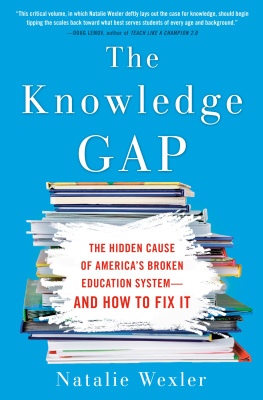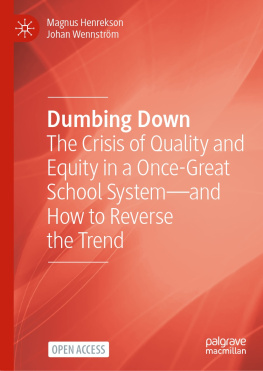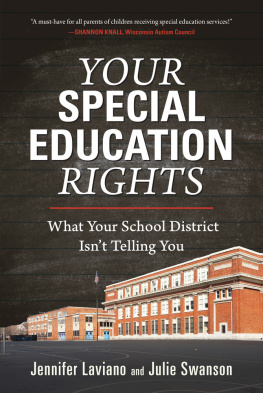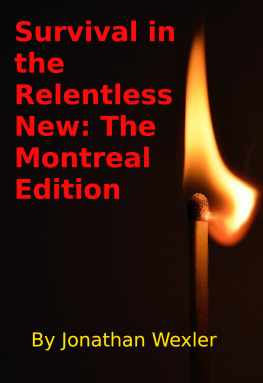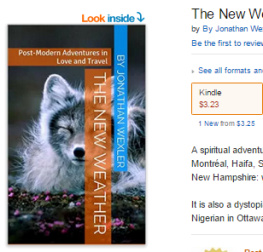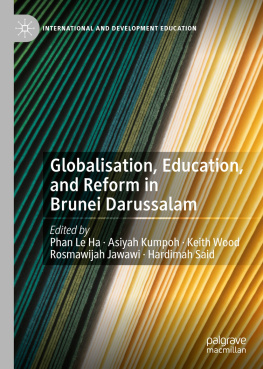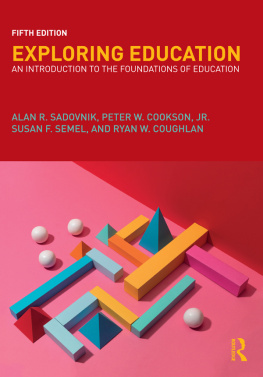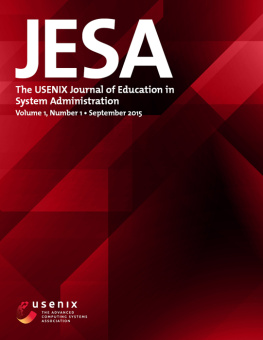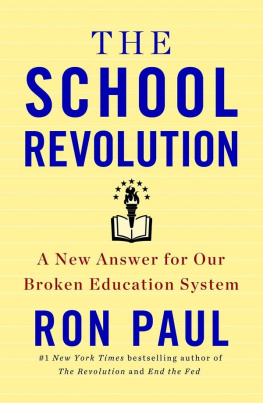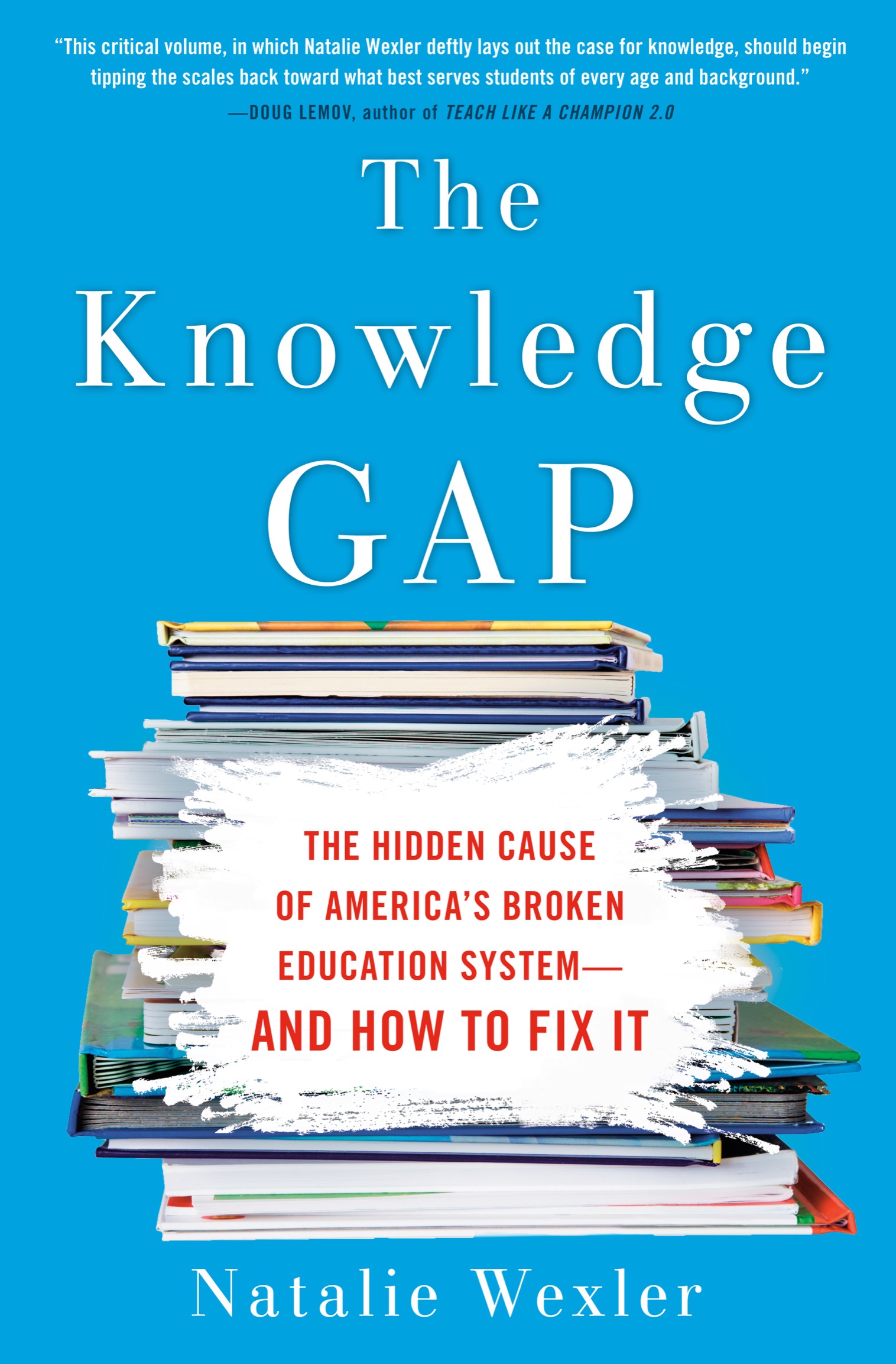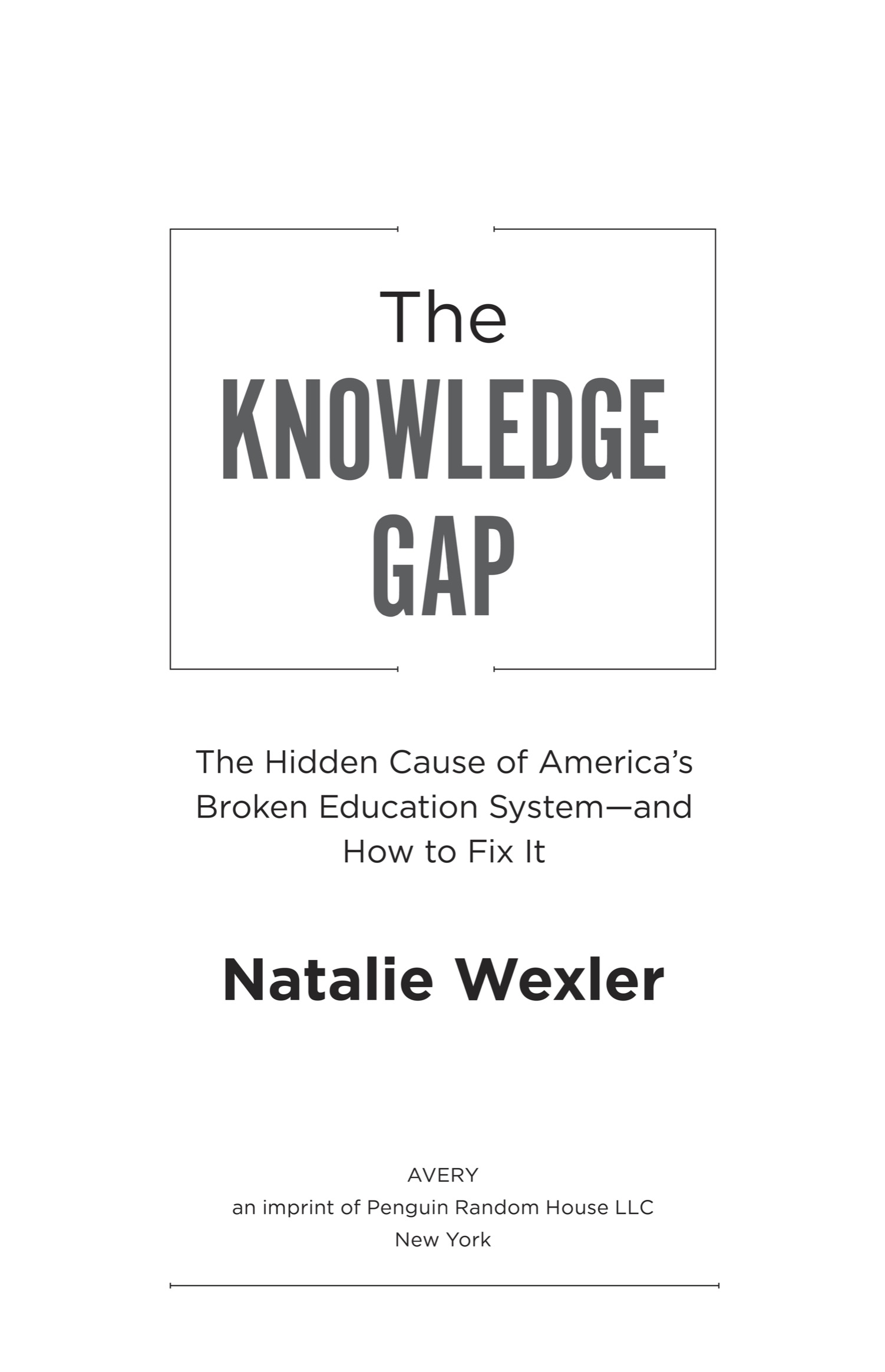Theres a huge gulf between what teachers believe about how to teach reading and what scientists have foundwhich is why so many students have continued to struggle despite their teachers often heroic efforts. The key to success, it turns out, is exactly the thing teachers have been taught to scorn most: knowledge. Its far more important than the supposedly transferable comprehension skills theyre trained to focus on. This critical volume, in which Natalie Wexler deftly lays out the case for knowledge, should begin tipping the scales back toward what best serves students of every age and background.
Doug Lemov, author of Teach Like a Champion 2.0: 62 Techniques that Put Students on the Path to College; coauthor of Reading Reconsidered: A Practical Guide to Rigorous Literacy Instruction
Using concrete and compelling examples, Natalie Wexler reveals that most American classrooms follow a misguided approach to teaching reading that is especially damaging to students from low-income families. But she also shows that when educators rely on materials backed by research, they can go a long way toward producing the educated citizens we need. For anyone concerned about educational equity and excellence, The Knowledge Gap provides a way to think about both the problem and solutions.
Karin Chenoweth, author of Schools that Succeed: How Educators Marshal the Power of Systems for Improvement; creator of the ExtraOrdinary Districts podcast
Natalie Wexler is a powerfully engaging writer, and The Knowledge Gap is a timely and sobering investigation of what is broken in the nations education system. Artfully weaving together portraits of teachers and students with scientific findings on the learning process, Wexler thoughtfully explores the power of knowledgeand makes a strong case for how and why the nation should harness it to improve outcomes for all students.
Ulrich Boser, author of Learn Better: Mastering the Skills for Success in Life, Business, and School, or, How to Become an Expert in Just about Anything
As a teacher and the leader of a state school system, I have seen the debilitating impact on a child of an education devoid of historical, cultural, and scientific knowledgeand the human potential unleashed when that knowledge is allowed to develop. Natalie Wexler is not the first to boldly raise this issue, but The Knowledge Gap may be the clearest and most cogent telling of a story not told often enough. As an industry, education is often ignorant of its own past and of how the present came to be. Masterfully capturing a complex tale, Wexler shows us that something is wrong, explains how it happened, and reminds us that it doesnt have to be that way.
John White, Louisiana State Superintendent of Education
Using real world examples, Natalie Wexler convincingly affirms the primary responsibility of elementary schools to empower the most disadvantaged students with knowledge of the words and worlds that a society assumes is necessary for human flourishing. She makes a compelling case that depriving students of this core knowledge in the name of teaching skills and strategies or embracing the latest educational fads only exacerbates their disadvantage. The Knowledge Gap is a must read for educators genuinely interested in achieving better outcomes for kids.
Ian Rowe, Chief Executive Officer, Public Prep Network
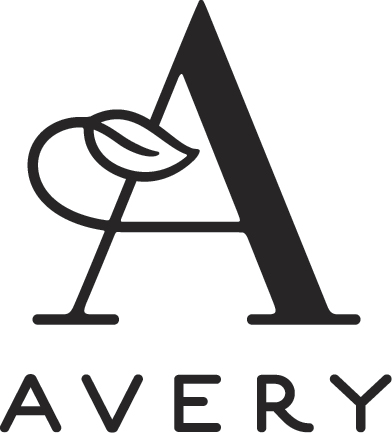
AN IMPRINT OF P ENGUIN R ANDOM H OUSE LLC
penguinrandomhouse.com
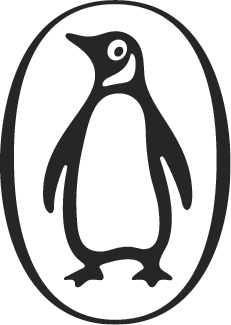
Copyright 2019 by Natalie Wexler
Penguin supports copyright. Copyright fuels creativity, encourages diverse voices, promotes free speech, and creates a vibrant culture. Thank you for buying an authorized edition of this book and for complying with copyright laws by not reproducing, scanning, or distributing any part of it in any form without permission. You are supporting writers and allowing Penguin to continue to publish books for every reader.
L IBRARY OF C ONGRESS C ATALOGING - IN -P UBLICATION D ATA
Names: Wexler, Natalie, author.
Title: The knowledge gap : the hidden cause of Americas broken education systemand how to fix it / Natalie Wexler.
Description: New York : Avery, 2019. | Includes bibliographical references and index.
Identifiers: LCCN 2018058484| ISBN 9780735213555 (hardback) | ISBN 9780735213579 (ebook)
Subjects: LCSH: Language arts (Elementary)United States. | Education, ElementaryCurriculaUnited States. | Educational changeUnited States. | Children with social disabilitiesEducation (Elementary)United States. | Poor childrenEducation (Elementary)United States. | BISAC: EDUCATION / Educational Policy & Reform / General. | FAMILY & RELATIONSHIPS / Education. | EDUCATION / Curricula.
Classification: LCC LB1576 .W4848 2019 | DDC 372.6dc23
LC record available at https://lccn.loc.gov/2018058484
Text on from The Kids Site of Canadian Settlement / Inuit Government of Canada. Reproduced with the permission of Library and Archives Canada (2018).
Version_1
For my mother, Henrietta Wexler, who as a parent, grandparent, aunt, and teacher has delighted in nurturing childrens curiosity about the world
CONTENTS
The Way We Teach Now:
All You Need Is Skills
How We Got Here:
The History Behind the Content-Free Curriculum
How We Can Change:
Creating and Delivering Content-Focused Curriculum
Note: While I have generally used peoples real names, I have changed students names to protect their privacy. I have also used pseudonyms for two teachers, Gaby Arredondo and Abby Bauer, and for the schools where they teach.
PART ONE
The Way We Teach Now
All You Need Is Skills
CHAPTER 1
The Water Theyve Been Swimming In
O N A SUNNY N OVEMBER morning in 2016, Gaby Arredondo is trying to initiate twenty first-graders into the mysteries of reading.
Todays particular mystery is captions. Ms. Arredondo recently gave a test that asked her students to identify a caption, andeven though she had spent fifteen minutes teaching the conceptmany chose the title of the passage instead. Maybe they were confused because the captions she had taught as examples were all at the top of the page, like a title, whereas the caption on the test appeared under the picture. Her goal today is to show her students that what makes something a caption isnt where it appears on the page or what it looks like but what it does: its a label that describes a picture.
What is a caption? Ms. Arredondo begins brightly to the first group of five students gathered before her at a semicircular table. As she speaks, she writes caption on a whiteboard next to her chair. No one answers. Ms. Arredondo writes a second word: label.
Its a label, volunteers one girl.
What kind of a label? Ms. Arredondo prods.
A boy chimes in: Its a label that describes things.
What kinds of things? Does it tell us the author or the title?
It tells us the author and the title, the boy repeats dutifully.

